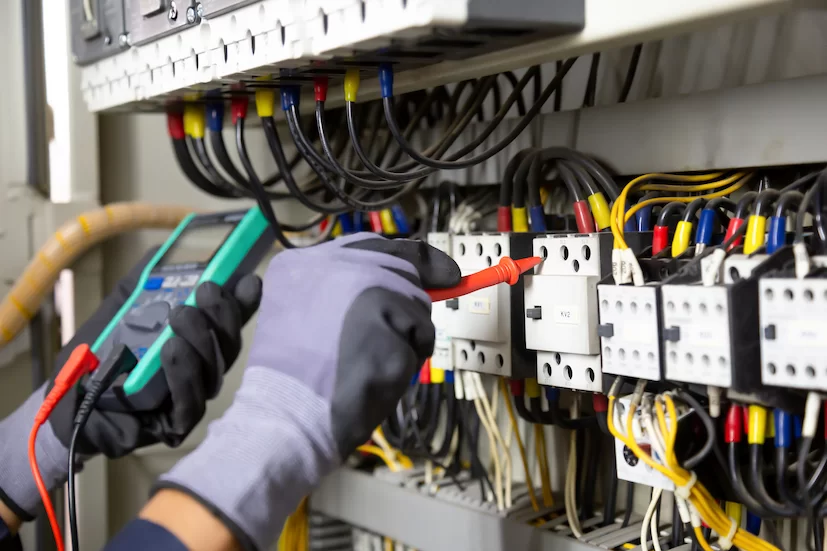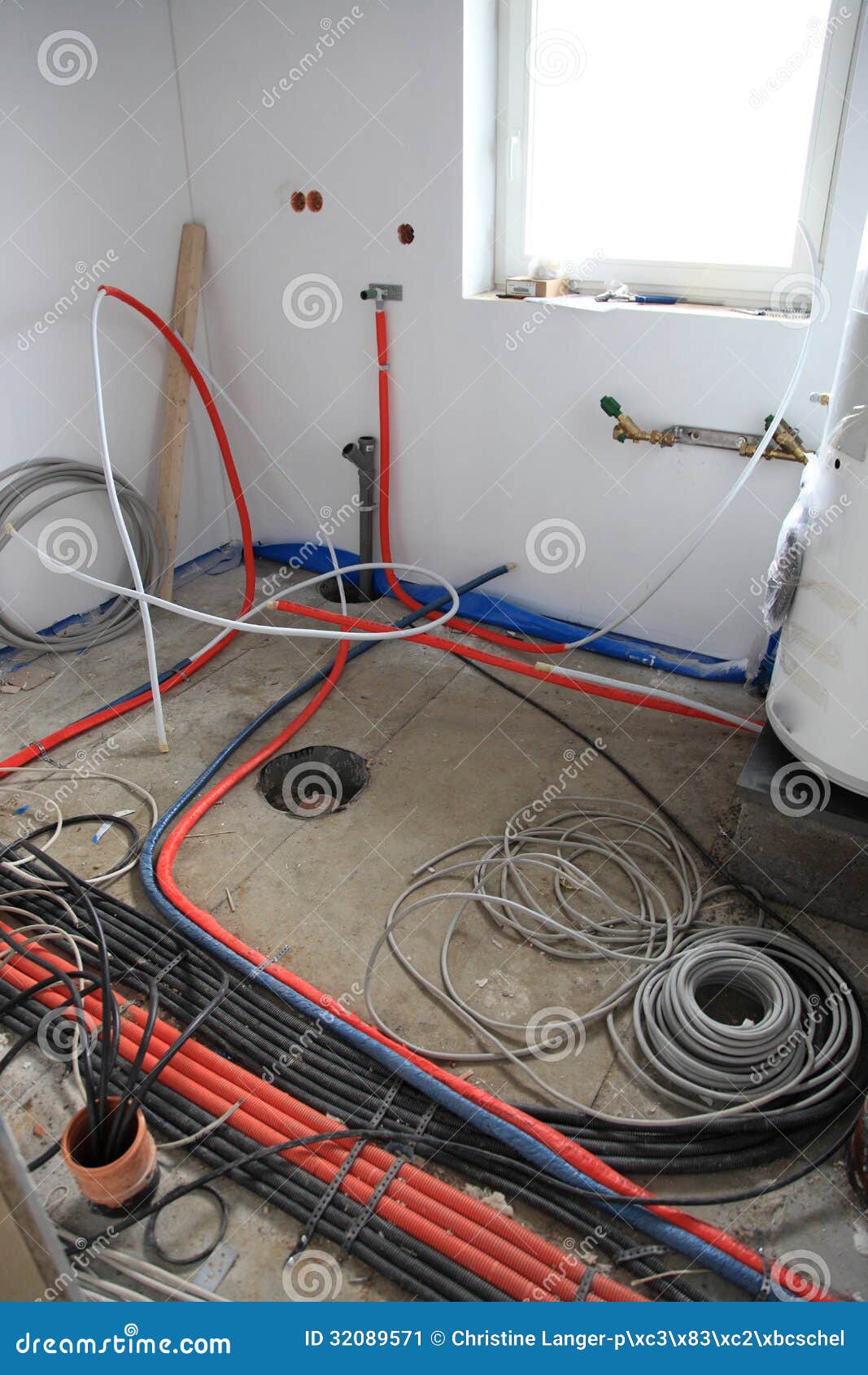Personalized BRE Electrical Solutions for Reliable and Safe Installations
Personalized BRE Electrical Solutions for Reliable and Safe Installations
Blog Article
Demystifying Electric Installment: Recognizing Codes and Regulations for a Lawful and Safe Setup
In the world of electrical setup, adherence to codes and laws is critical to ensure both legitimacy and safety and security. The journey to debunking electric installation goes past plain familiarity with guidelines; it necessitates an extensive understanding of how to carry out secure electrical methods effectively.
Significance of Electric Codes
The adherence to electrical codes is crucial in making sure the safety and security and reliability of electrical installations. Electric codes offer as a collection of standards and guidelines that determine the correct layout, installation, and maintenance of electrical systems. These codes are developed to decrease the risk of electrical threats, fires, and various other safety issues that might develop from damaged electrical work.

Moreover, electrical codes are frequently updated to include new technologies, finest practices, and precaution. Staying upgraded with these codes is important for specialists in the electrical sector to make sure that their work meets the most current security requirements. Inevitably, the value of electrical codes hinges on creating a secure and efficient electric facilities that benefits both individuals and communities.
Key Rules for Safety And Security
Numerous basic policies govern the safety requirements in electric installations. One crucial policy is the National Electric Code (NEC), which supplies guidelines for secure electric design, installation, and assessment to secure people and residential property from electric hazards. The NEC covers aspects such as circuitry approaches, grounding, overcurrent security, and equipment installation to guarantee a secure electric system.
Another critical regulation is the Occupational Safety and Wellness Management (OSHA) criteria, which focus on the safety and security of workers associated with electric installments (BRE Electrical Solutions). OSHA regulations consist of demands for appropriate training, safety and security procedures, and individual safety tools to protect against workplace crashes and injuries
Furthermore, the International Electrotechnical Commission (IEC) criteria aim to balance electrical installment guidelines on a worldwide scale. These criteria address problems like electrical tools security, electromagnetic compatibility, and power effectiveness to promote harmony and security in electric setups worldwide.
Compliance with these vital guidelines is vital to guarantee the safety and security and legitimacy of electric setups, protecting both people and residential property from the link risks connected with electrical energy.
Understanding National Electric Code
Secret regulations such as the National Electric Code (NEC) provide necessary guidelines for secure electrical layout, installation, and examination to guarantee the defense of individuals and residential property from electrical dangers. The NEC, also understood as NFPA 70, is an extensive collection of standards for electric installments that are updated every 3 years. It is developed by the National Fire Defense Association (NFPA) and is commonly adopted across the USA.
The NEC covers various facets of electrical work, consisting of electrical wiring approaches, grounding, overcurrent protection, and devices installment. It aims to secure individuals and property by resolving prospective risks linked with electrical systems. Compliance with the NEC is commonly imposed by local authorities having jurisdiction (AHJs), such as constructing code officials and assessors.
Understanding the NEC is essential for electrical contractors, designers, and assessors to ensure that setups fulfill the required safety and security requirements. By adhering to the NEC guidelines, professionals can assist stop electric crashes sites and guarantee the dependability of electric systems in residential, commercial, and industrial settings.

Compliance With Local Building Ordinance
Comprehending and adhering to regional building ordinance is vital for guaranteeing the safety and compliance of electric setups within a particular territory (BRE Electrical Solutions). Regional building ordinance differ from one town to another, and they are implemented to protect the well-being of owners and residential properties. These codes detail particular needs for electrical installments, such as the sort of circuitry to be utilized, positioning of electrical outlets, grounding techniques, and lots capabilities. By abiding by local building ordinance, electricians can make sure that installments are done properly and fulfill the required safety and security requirements.
When it concerns electric setups, failing to adhere to regional building regulations can cause serious consequences. Non-compliant installments may posture safety threats, boost the danger of electric fires, and cause costly fines or lawful problems. Additionally, insurance provider may reject to cover damages arising from installments that do not fulfill neighborhood building ordinance needs. It is necessary for electricians and basics contractors to stay informed about and purely stick to the regional structure codes appropriate to their tasks.
Making Certain Safe Electrical Practices
Exercising strict adherence to established safety procedures is essential in the area of electric installations to alleviate potential risks and make sure the well-being of individuals and homes. Safety in electric work incorporates various elements, starting with the correct training of workers associated with installment, upkeep, and repair. It is important to follow manufacturer instructions meticulously when managing electrical components and tools. Before beginning any type of work, it is essential to carry out a comprehensive danger evaluation to identify potential risks and implement precautionary actions. Utilizing personal protective tools (PPE) such as insulated handwear covers, shatterproof glass, and non-conductive footwear is non-negotiable to guard against electrical shocks and arc flashes. Regular devices assessments, screening, and upkeep timetables are vital to detect and fix faults before they intensify into safety hazards. Adherence to appropriate lockout-tagout treatments during upkeep activities is crucial to avoid unexpected energization of circuits. By prioritizing risk-free methods, electrical setups can operate successfully while minimizing the probability of accidents or damage.
Verdict
In conclusion, adherence to electrical codes and policies is important for guaranteeing the safety and validity of electrical installments. Understanding the National Electric Code and compliance with regional building codes are important for a risk-free arrangement. By complying with these guidelines and exercising risk-free electric methods, individuals can protect against possible threats and guarantee the correct performance of their electrical systems.
Report this page